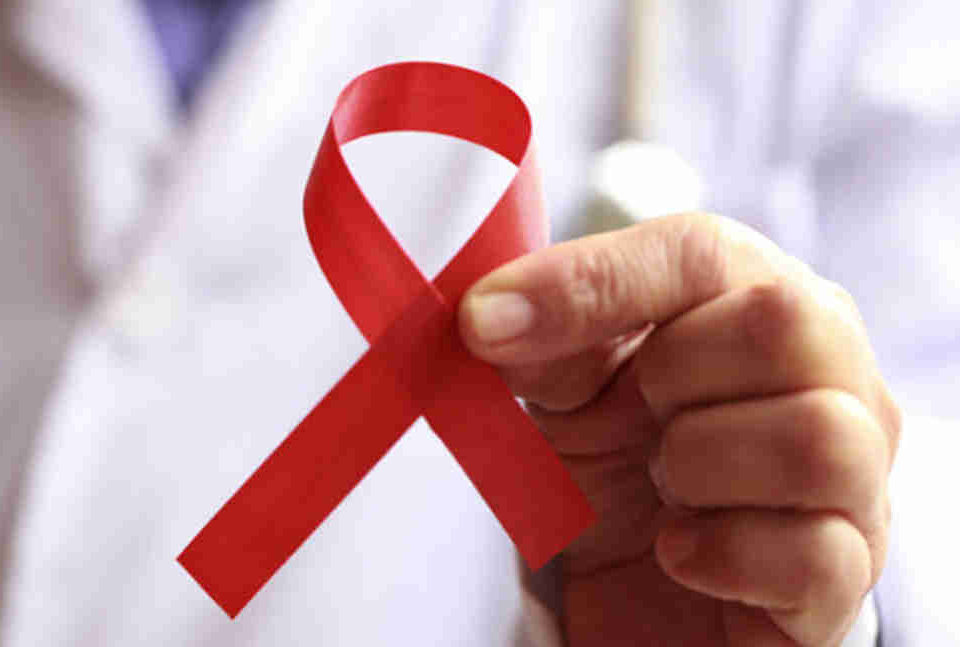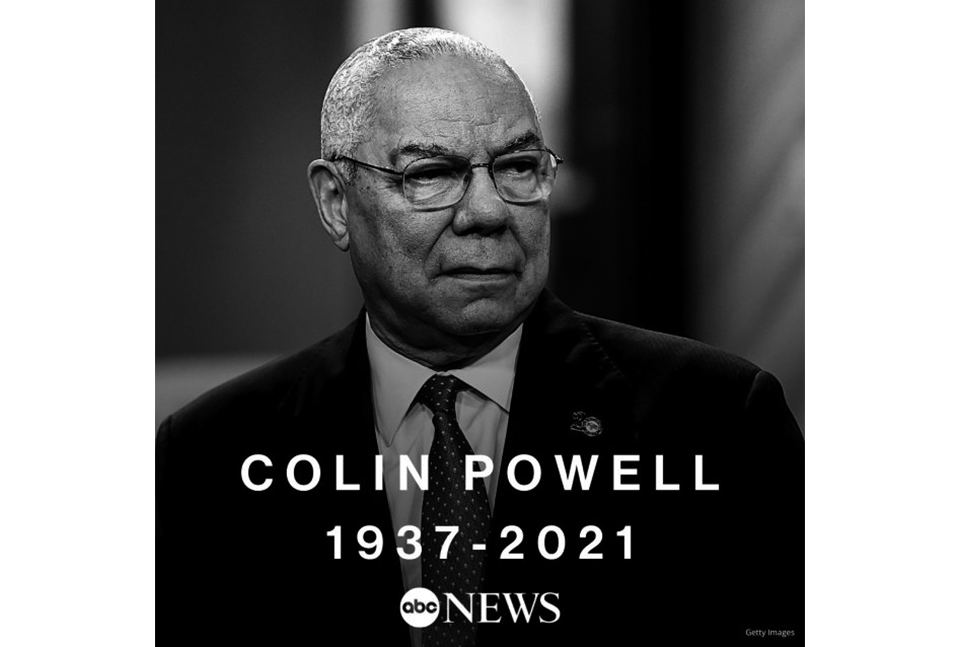- 如有疑问,请联系电邮
- customer@ihealth66.com
USNEWS:联合疗法是治疗肺癌的下一波疗法吗?

中国甲状腺癌诊疗规范(2018年版)(3)
2019年1月21日
中国甲状腺癌诊疗规范(2018年版)(4)
2019年1月24日By Elaine K. Howley
对于某些晚期肺癌患者,一次使用一种以上的药物可能延长其寿命。
美国癌症协会(American Cancer Society)报告说,肺癌是当今美国第二常见的癌症,约占所有新癌症诊断的14%。这意味着2018年将有约234030例新的肺癌病例被诊断出来,今年将有约154050人死于该病,成为癌症死亡的主要原因。
肺癌的问题在于,当标准治疗(如手术、化疗和放射治疗)效果不佳时,往往在晚期被诊断为肺癌。但是,随着新疗法,特别是一种称为免疫疗法的药物疗法越来越广泛地用于治疗转移性疾病,这种现实可能正在改变。
美国癌症学会报告称,免疫治疗药物“刺激人体自身免疫系统更有效地识别和破坏癌细胞。”目前,它们被用于治疗某些类型的非小细胞肺癌,这是最常见的类型,占所有肺癌的80%到85%。这些免疫疗法被称为免疫检查点抑制剂,针对免疫细胞上的分子,阻止细胞攻击癌细胞。这些药物帮助免疫细胞“看到”癌细胞是危险的,并相应地攻击它们。在过去的几年里,这些药物一直在帮助一些肺癌患者延长生命,但它们与化疗结合的新应用很可能是治疗晚期肺癌的下一波浪潮。
THE AMERICAN CANCER Society reports that lung cancer is the second most common cancer in America today, constituting about 14 percent of all new cancer diagnoses. That means about 234,030 new cases of lung cancer are expected to be diagnosed in 2018, and about 154,050 people are expected to die of the disease this year, making it the leading cause of cancer death.
The problem with lung cancer is that it’s often diagnosed at a later stagewhen standard treatments such as surgery, chemotherapy and radiationaren’t as effective. But that reality may be changing as newer treatments – in particular a class of drug therapies called immunotherapies – are becoming more widely available to combat metastatic disease.
The ACS reports that immunotherapy medications “stimulate a person’s own immune system to recognize and destroy cancer cells more effectively.” They’re currently being used to treat some forms of non-small cell lung cancer, the most common type, accounting for 80 to 85 percent of all lung cancers. These immunotherapies, called immune checkpoint inhibitors, target molecules on immune cells that prevent the cells from attacking cancer cells. These drugs help immune cells “see” cancer cells as dangerous and attack them accordingly. For the past couple of years, these drugs have been helping to extend life for some lung cancer patients, but a new application of them in combination with chemotherapy may well be the next wave in treating advanced-stage lung cancer.
“When somebody is diagnosed with stage 4 lung cancer, the disease has traveled to other parts of the body and the usual approach is to use drug therapy,” says Dr. James Stevenson, an oncologist specializing in lung cancer at the Cleveland Clinic. A single type of chemo drug may be used, or doctors may opt to combine two or three different drugs, depending on the specifics of each case. “Traditionally, we’ve used combinations of chemotherapy drugs because we know these combination drugs, what we call platinum-based combinations, provide more benefit than if you used one drug by itself,” Stevenson says.
Benefit is typically measured by how long the drugs prolong survival, because stage 4 lung cancer “is incurable.” Doctors also measure benefit by whether the patient’s tumors shrink and whether their symptoms improve, “hopefully without too much in the way of side effects so the patient can have a longer life but also a better quality of life. That’s the goal that we look at when treating these patients,” Stevenson says. The overall life expectancy of a stage 4 lung cancer patient is typically measured in months, even with these combined chemotherapy drugs. But it appears that adding immunotherapy to chemotherapy could extend survival for some patients into many more months and sometimes even years.
Researchers still have many questions to answer with regard to how best to use these combination therapies and who the best candidate is for any new drug or therapeutic approach, says Dr. Laurie Carr, associate professor of oncology at National Jewish Health in Denver. “Whenever we have a new therapy in lung cancer, we have to ask ourselves, ‘Is it better to add it to something we’re already using or use it in sequence?'”
She says doctors also must consider whether the potential benefits of adding another drug are worth the risk of additional side effects. Taking three drugs at once “may work better than taking just two, but you’re taking on side effects from that entire combination, not to mention time in the infusion room and cost. So the other question we need to ask is, ‘Are there certain populations or individuals who would do better if we started by combining three drugs together?'”
Stevenson notes that immunotherapy drugs tend to be better tolerated than traditional chemotherapies. “We don’t typically see the familiar chemotherapy side effects such as hair loss, lowering of blood counts or nausea and vomiting.” However, some patients do experience severe side effects from immunotherapies. Because these drugs trigger the immune system, in some people it over-responds, leading to inflammation and symptoms such as rashes, fatigue and fever. “Generally, we’re able to take care of it with drugs like prednisone to help calm that down. It happens in a small percentage of patients, but … we have to keep an eye out for it,” Stevenson says.
The trend toward more personalized treatment across all cancer types fits in the discussion here as doctors consider treatment protocol for individual patients and whether it makes sense to combine therapies or use multiple drugs in succession as the cancer develops a resistance to each subsequent treatment. Carr says researchers are hunting for clues as to how a patient’s cancer will respond to individual or combination therapies. “Is there some marker on the tumor or something that will tell us, ‘With this one you should combine treatments. With this one you can do just as well with one drug and save the side effects.'”
Stevenson says a tumor marker called PD-L1 has helped add some detail to researchers’ understanding of whether a patient will respond to combination therapies. “It’s not a very precise marker or very predictive for all patients who might benefit,” but patients who have higher levels of that protein in the tumor appear to respond better to combination therapies. Another marker called tumor mutation burden, or TMB, may also be an indicator that certain patients will respond better than others, and researchers are continuing to investigate other means of matching the right treatment to the right patient as quickly as possible.
Once we have a better understanding of which patients are most likely to respond favorably to combination therapies, the hope is that patient life expectancies will improve dramatically for more people. Stevenson cautions that research is still in the early days and more study is needed, in part because patients who’ve been treated with these newer approaches are living longer and “we need longer follow up from the trials to really appreciate the magnitude of the results.” But so far, results are encouraging.
[See: 7 Things You Didn’t Know About Lung Cancer.]
Although Carr says these combination treatments aren’t currently thought of as a cure because “it can’t get rid of every cancer cell forever, adding immunotherapies in, whether on their own or combined with chemotherapy, has certainly shown an improvement in survival” timelines. Some of Carr’s patients have been on these combined therapies “for two years without having to change the protocol because it’s such a durable response. That’s extremely uncommon with chemotherapies,” she says, as cancer cells are adept at developing resistance to drug therapies over time. “Eventually, the cancer cells figure out how to get around the treatment. The cells become resistant to the treatment and they mutate or change their behavior to get around the drug. That’s true of the targeted therapies and the immunotherapies,” Carr says, but the hope is that someday we’ll be able to outsmart these mutations and stop cancer right from the beginning with a prescription tailored specifically to the individual case.
Best Hospitals for Cancer
|
RANK |
HOSPITAL NAME |
LOCATION |
|---|---|---|
|
#1
|
University of Texas MD Anderson Cancer Center
|
Houston, TX
|
|
#2
|
Memorial Sloan Kettering Cancer Center
|
New York, NY
|
|
#3
|
Mayo Clinic
|
Rochester, MN
|
|
#4
|
Dana-Farber/Brigham and Women’s Cancer Center
|
Boston, MA
|
|
#5
|
Seattle Cancer Alliance/University of Washington Medical Center
|
Seattle, WA
|
|
#6
|
Johns Hopkins Hospital
|
Baltimore, MD
|
|
#7
|
Cleveland Clinic
|
Cleveland, OH
|
|
#7
|
Hospitals of the University of Pennsylvania-Penn Presbyterian
|
Philadelphia, PA
|
|
#9
|
Moffitt Cancer Center and Research Institute
|
Tampa, FL
|
|
#10
|
UCSF Medical Center
|
San Francisco, CA
|
Hospital Ranking information as of April 16th, 2018





